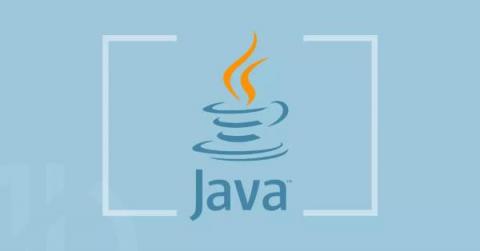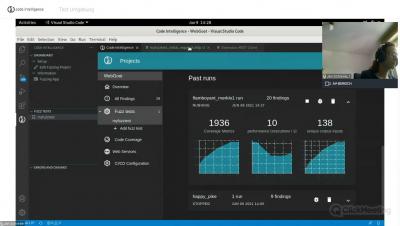Should your team really run DAST in staging environments?
TL;DR: There is a common belief that when it comes to uncovering bugs in the DevSecOps cycle, catching things early on is often better. While this approach certainly works well for Software Composition Analysis (SCA) and Static Application Security Testing (SAST), it doesn’t really apply to Dynamic Application Security Testing (DAST) in modern environments.










